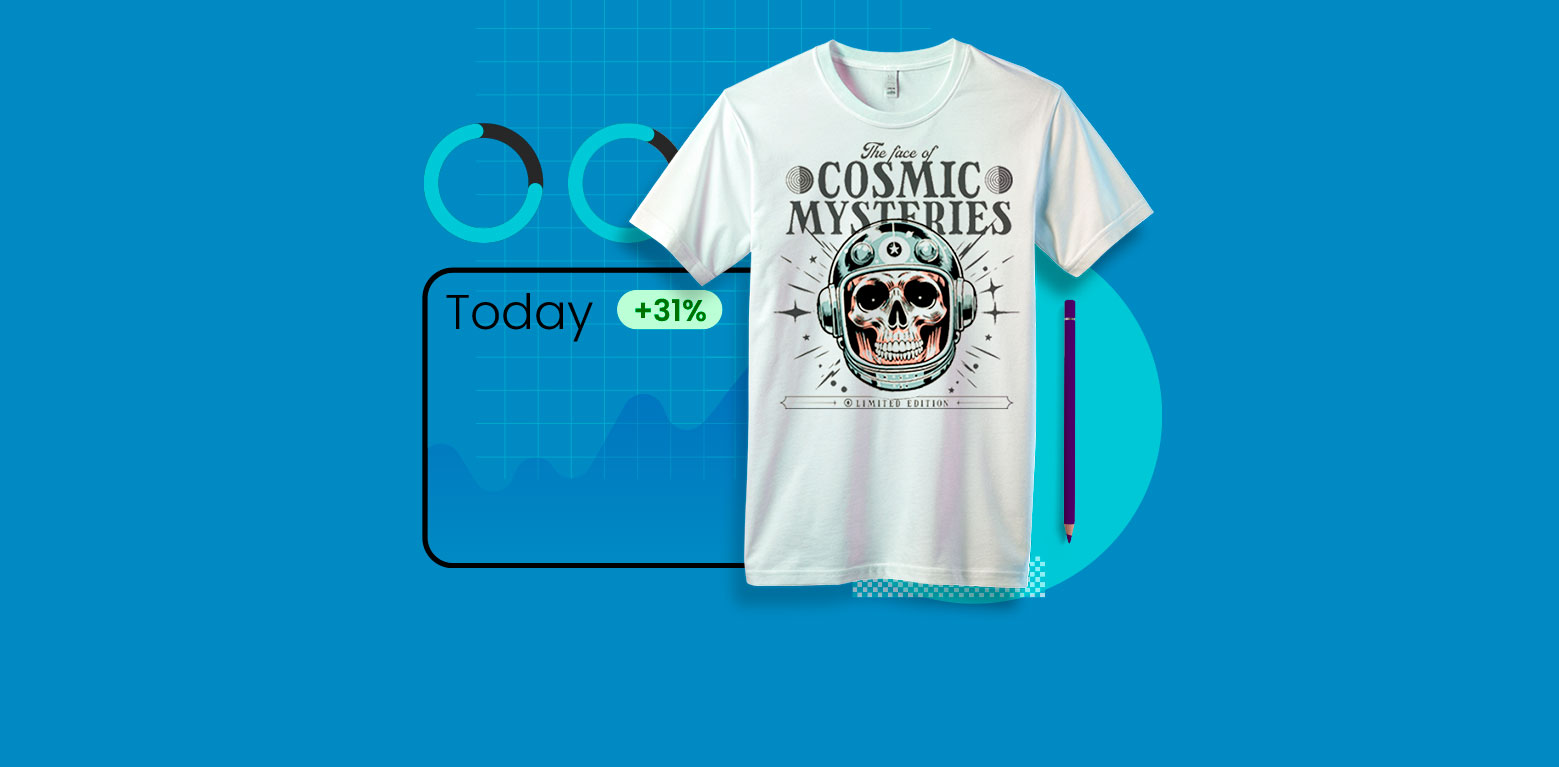Guest post by Michael Deane
It’s been a while since the millennials became the age group to target, especially by startups that perhaps lack the renown and the stability that some other age groups hold as paramount when choosing services and products.
Unfortunately, successfully attracting millennials is anything but easy.
One of the ways to improve your chances of doing so is to be smart about your design. While you will still need a great product and service to really make it with millennials, good design decisions will definitely make you more noticeable and improve your chances of them actually trying your great product/service.
A unified message
When we are talking about web presence, millennials are everywhere. More importantly, they use pretty much every channel you can imagine to find out more about the services and products they might be interested in.
Because of this, you will want to have a unified presence across all channels, meaning that your design has to be suitable for everything. Your logo needs to be recognizable as the tiniest image since you cannot ignore even the weirdest little website or service that might be reviewing software such as yours.

Your visual identity needs to be recognizable and always the same, regardless of where your content is found. When millennials open your LinkedIn page or your Twitter account, they need to know instantly that this is your brand and your message.
This may seem like an obvious thing, but you would not believe how poorly certain kinds of visual branding can work on some channels.
Strong visual branding
Closely connected to our previous point is the need for your brand to be visually strong if you wish to attract millennials. There is a couple of reasons for this.
Read more about how to use Design Templates for your Digital Startup.
The first one is that millennials, at least on average, have a shorter attention span than the previous generations, especially when it comes to their online behavior. Their online behavior resembles flipping through magazines more than sitting down with a thick book and having a strong visual branding ensures that they actually notice your brand.
While copy is still important, you are far more likely to catch a proverbial millennial eye with a striking visual identity than with a particularly clever block of copy.
You have to remember that you are competing with innumerable brands for a piece of that millennial attention and anything that stands out is great.
Another reason why strong visual branding is important for designing for millennials is that they have seen more design than any previous generation. The online world has exposed them to (among other kinds) great visual branding from their childhood and something that is bland and uninteresting will put them off. If it is also good enough to be shared on social media, you really have it made.
Don’t be afraid of color
For quite a while, keeping it monochromatic and/or extremely subdued with colors was thought to be the pinnacle of modern design that would appeal to millennials. Over the last couple of years, this trend has started to shift and we are now seeing more and more experimentation from designers, especially when it comes to colors.
This is especially true for primary colors which have been making a comeback and not in a subdued way. We are seeing more websites and products that take advantage of large blocks of primary colors which cannot help but be eye-catching and spirits-raising.

Of course, we are talking about a trend here and if your brand and/or industry and not best suited for a color-heavy scheme, you should not force it.
Reduce the number of steps
While keeping your brand visually striking is important in order to attract millennials, it is also essential not to go overboard and complicate the entire experience too much. In other words, your user experience should never be hindered by the design.
Like we already mentioned, millennials have no patience to spend too much time without being able to actually make a purchase or an inquiry. This is why you will want to make sure that your landing pages (or at least the most popular ones) are never more than one or two steps away from the final action that you want them to make.
This is where site architecture and UX aspect of design come into play and where they can make a difference between a website that performs and one that does not.
Make it interactive
Staying with the UX aspect of designing for millennials, there is another very important topic to cover – interactivity.
Being the first age segment that has been online from their early childhood has made millennials agile and self-reliant online. As a result, they do not necessarily need to speak to anyone from your company before they make a purchase. In fact, they might prefer not to.
In other words, you need to make your user experience more interactive and allow them to find out for themselves everything they wish to know about your company and product. Don’t hesitate to create comprehensive user-facing documentation including the FAQ section, tutorial videos, knowledge base and other materials that will allow them to be self-reliant.
Another great feature are chatbots which can provide an added layer of interactivity to your website and streamline their knowledge-seeking process while still not taking anything out of it.

Interactivity should also enable your millennial customers to say what they think about your product/service and company in form of testimonials, either directly on your website or somewhere else (you want all the right buttons for this). This will let them know their opinion matters and it will also help you attract other millennials who really value social proof and customer feedback when evaluating a product/service.
Instead of a closing word
The most important thing to remember about millennials, however, is that treating everyone born between 1980 and 2000 as a single market segment is a mistake. We are talking about a massive portion of the population and imagining that they all share the same opinions and values would be madness.
Millennials may have certain idiosyncrasies that make their online behavior different to that of the older age groups, but don’t put them all in the same basket.





